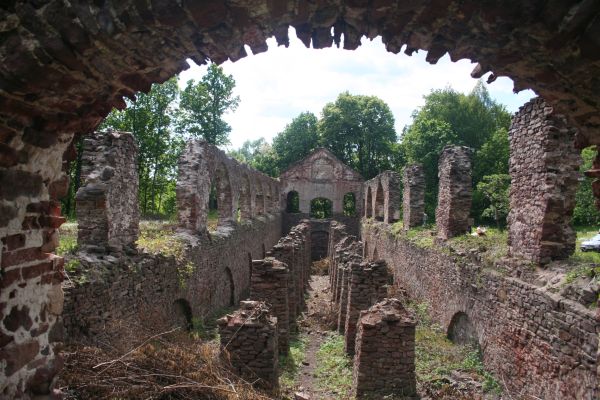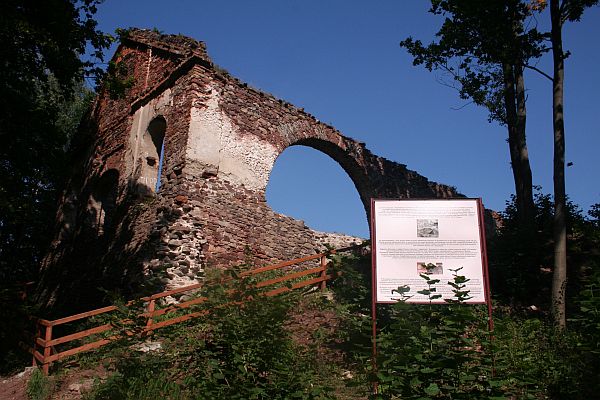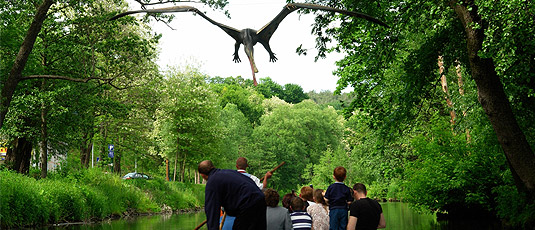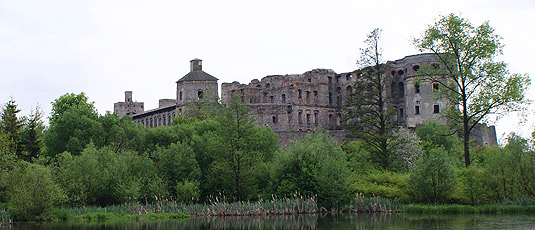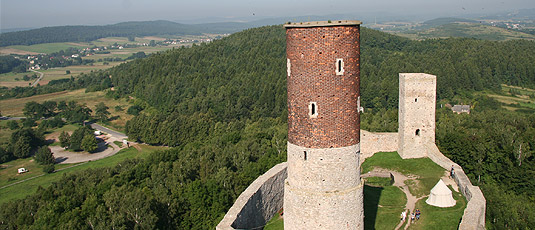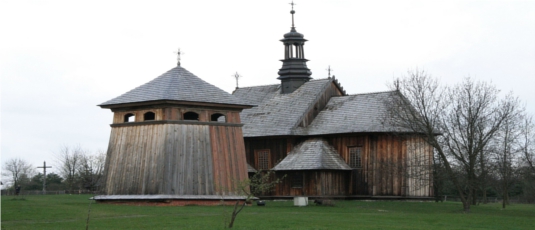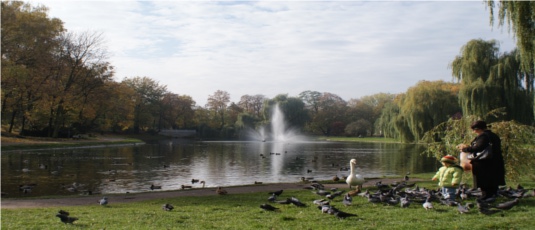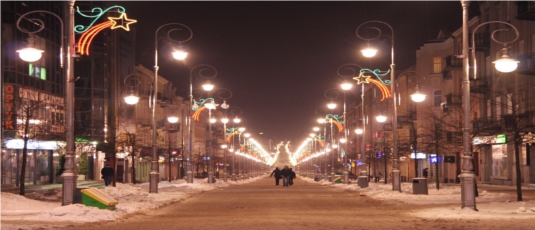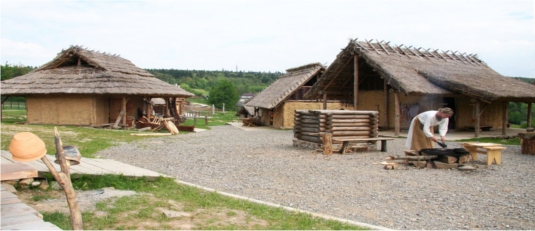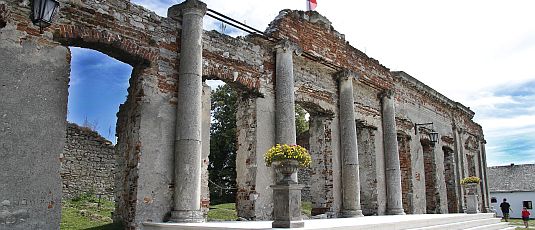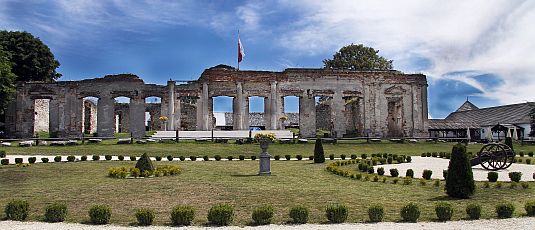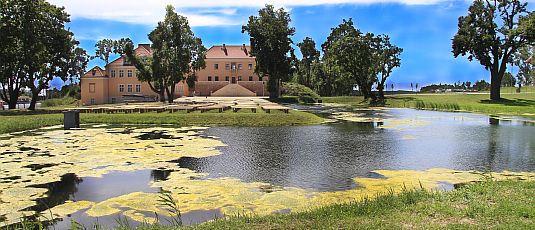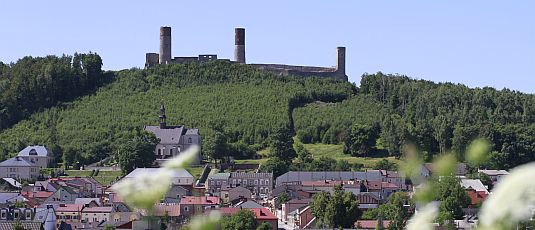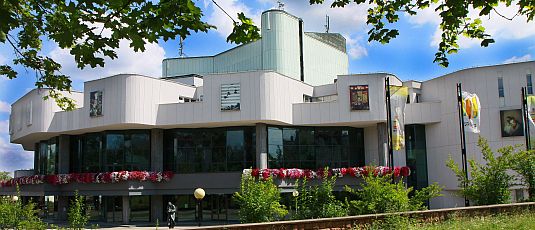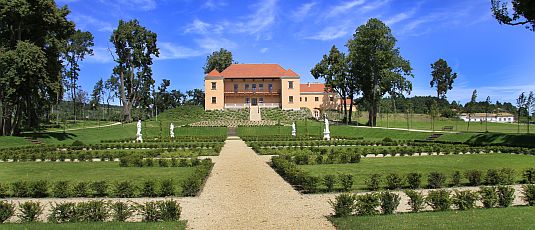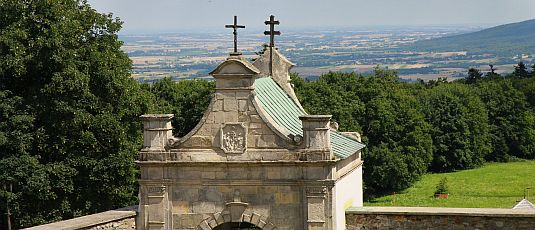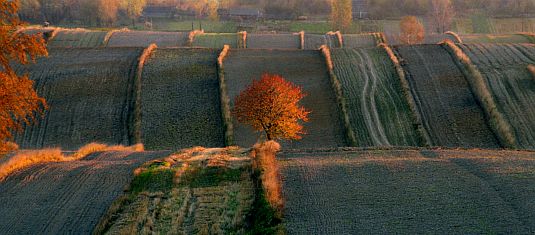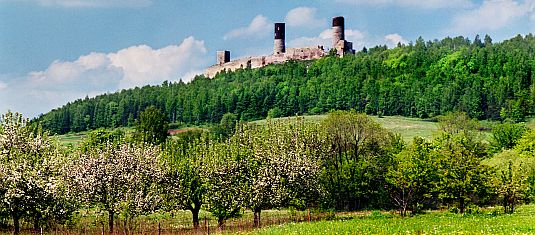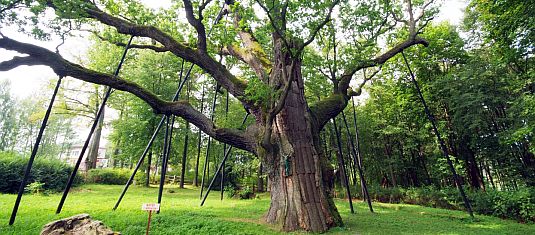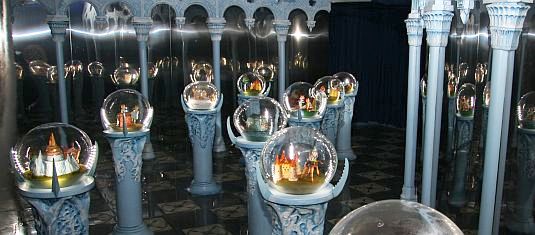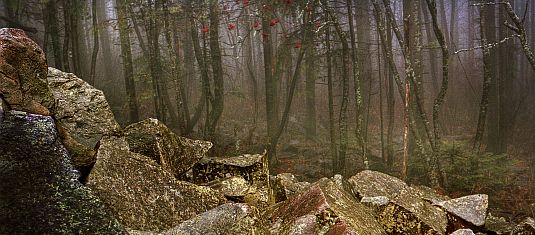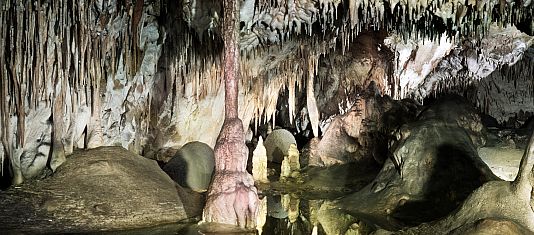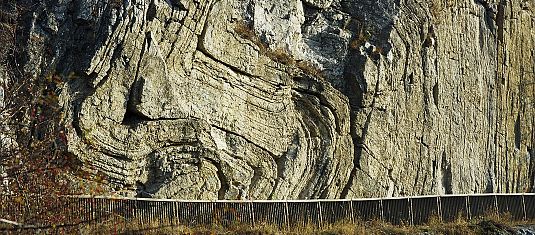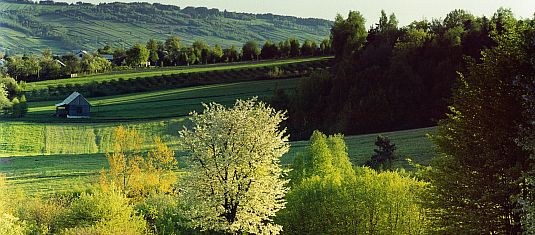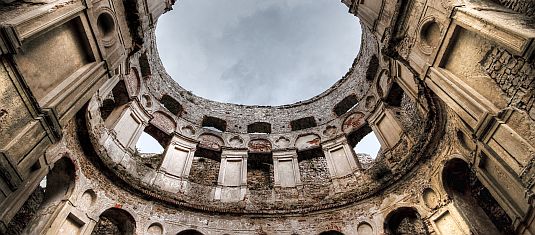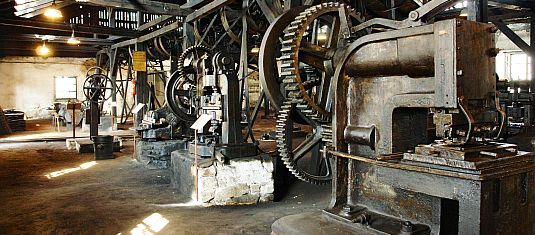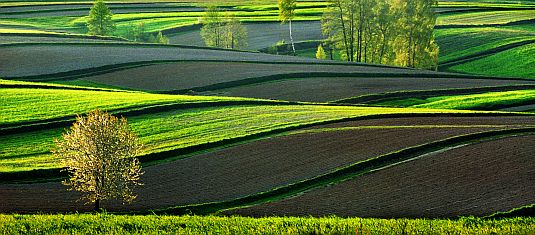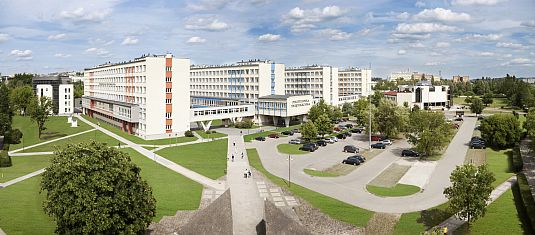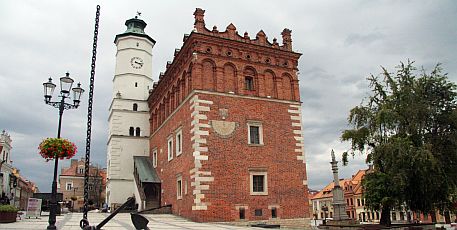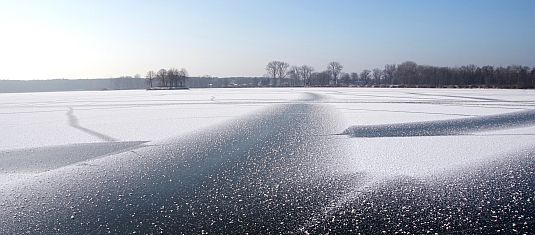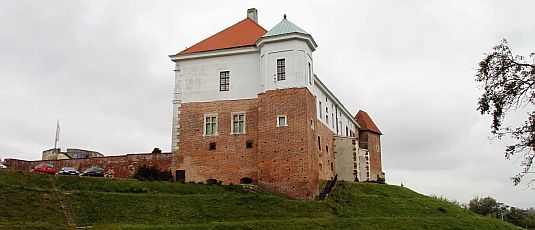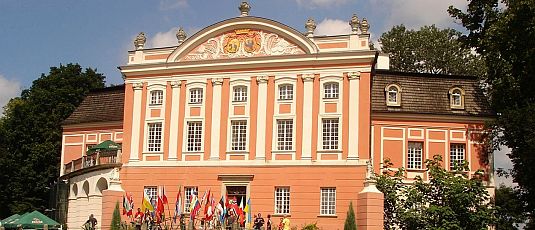The small town of Bobrza near Kielce is a place where the first blast furnace in Poland had been built. The adjoining blast furnace plant was built in 1824, one kilometre further, at the foot of a high slope. Also the impressive and immense retaining wall was erected at that time. It was 500 metres long, 5 metres thick and, in some places, even 15 metres high. The factory included ore storehouses, ore-roasting furnaces, a settlement and a water system. The further development of the complex was interrupted by a flood and the outbreak of the November Uprising. Nowadays, one can see the remains of the plant and the retaining wall.
Nevertheless, Bobrza is a place which metallurgical traditions are much earlier than the blast furnace. They appeared as early as the 16th C., when there had been ironworks in here – blacksmith manufactures with bloomeries and hammers propelled by water-wheels. The later Blast Furnace Plant was partly a design by Stanisław Staszic and was supposed to produce 5 to 9 tons of pig iron a year, which made more than all the other ironworks in of the Kingdom of Poland (Congress Poland).
After 1833, the buildings of the Furnace Blast Plant were adapted for blacksmith’s and a metal factory. Later, it housed the hand blacksmith workshops, and in the late 80s it became a residence of the Knitting Factory. The whole area is a place of historic value, not only due to the monuments of technology. During the January Uprising, the wall witnessed a fierce struggle of general Dionizy Czachowski and the Russians, while during WWII it was an area of the war actions of the January offensive.
The remains of the ambitious plans and innovative construction idea.
